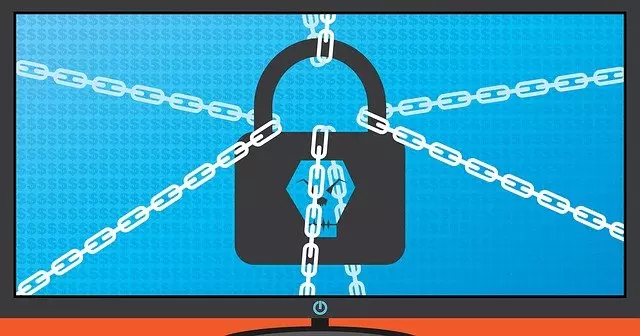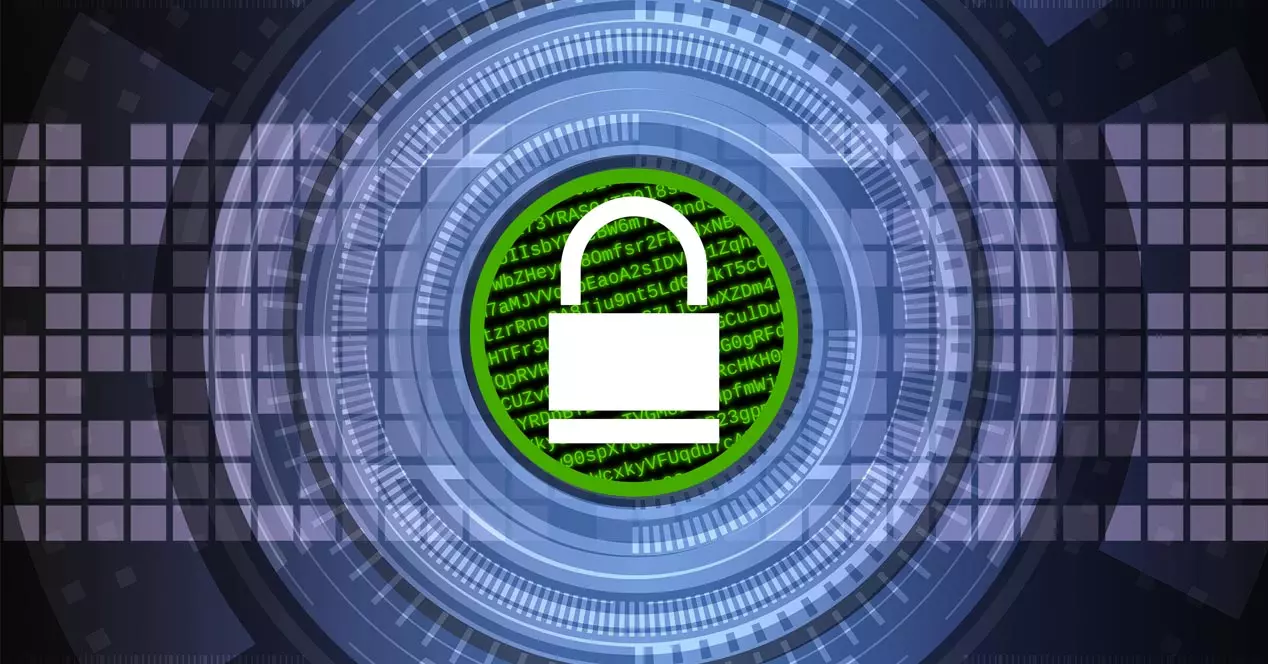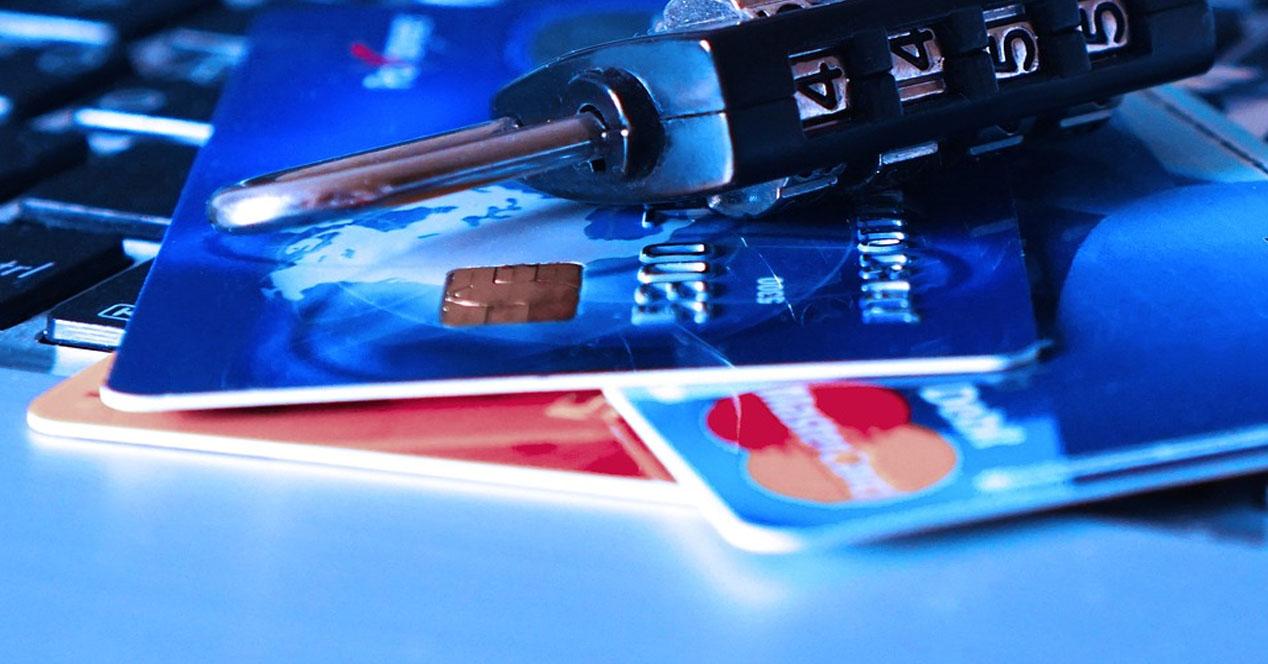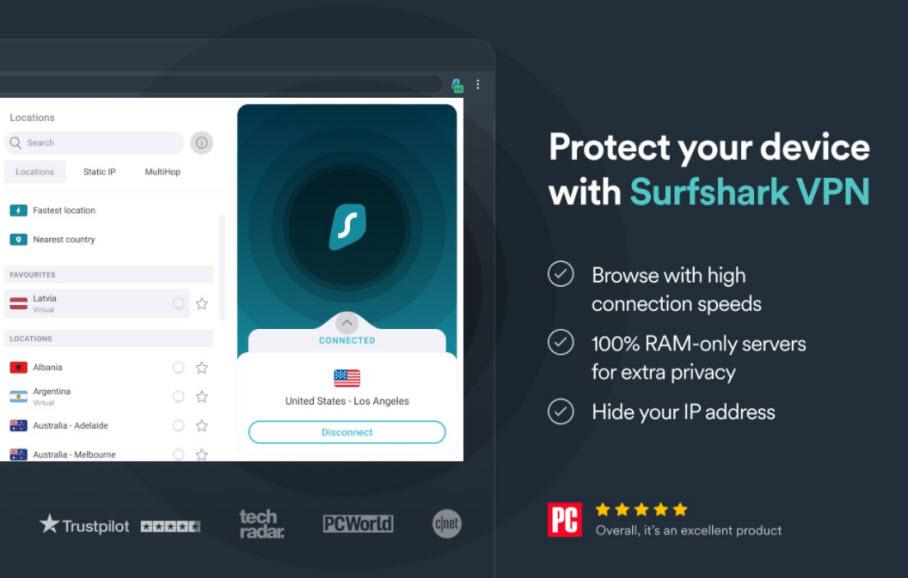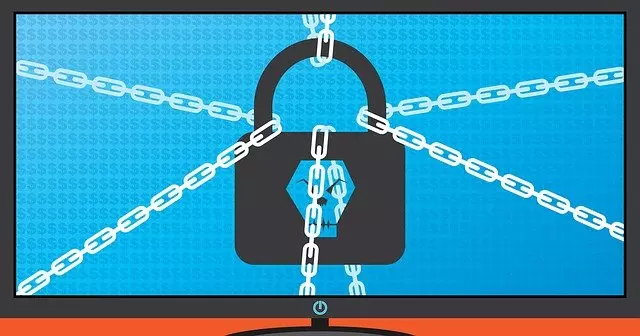
Double extortion, increasingly used with ransomware
If we talk about traditionally hackers were looking for encrypt files and then ask for money to decrypt them and make them available again, the truth is that in recent times they have also threatened to make confidential information public.
Consider a company that has suffered a cyber attack and all files and systems have been locked by ransomware. This organization will not be able to continue normally and its workers will not be able to perform their functions correctly. They need access to computers and files.
What else can an attacker do to exploit ransomware and extort money? Something that has grown a lot in recent times is, once you have stolen the files, threaten to go public. Let’s think again about that company that has been attacked. You may have a product that is going to be released soon and you are not interested in having the competition know the characteristics. There, the hacker can extort money by releasing that information.
So, the double extortion It basically means encrypting the files so that they are not accessible, but also threatening to make all that information public. A double way for cybercriminals to profit.
It’s something that is growing lately and one of the reasons is the rise of teleworking. There are more and more users who, due to the global circumstances that we are experiencing, carry out their functions in their homes. On many occasions even with personal computer equipment.
Hackers take advantage of it and use their weapons to extort money. But this time they do it twice: they encrypt the files and also threaten to publish all the content they have managed to steal.
Tips to avoid problems with ransomware
What can we do to avoid ransomware and this double extortion that we have seen? Without a doubt the main thing is the common sense. It is essential to avoid making mistakes. For example, do not download files that may be a threat, such as through a third-party link or something that we receive by e-mail without knowing if it really is a guarantee. It is essential to avoid errors that favor ransomware.
It is also essential to have security apps. Having a good antivirus can prevent the entry of viruses and threats. This also includes ransomware. Some examples like Windows Defender, Avast or Bitdefender can work, but the options are very wide.
In addition, it is equally important to have the latest versions. Sometimes ransomware takes advantage of security flaws that appear on computers. For example, a vulnerability in the operating system, the browser or any program that we use. We must always correct them.
